Bald Eagle Hand Puppet
$45.99
![]() Free shipping within 3 days
Free shipping within 3 days
![]() Easy returns within 30 days
Easy returns within 30 days
![]() Shopping information security
Shopping information security

2233 Bald Eagle Hand Puppet from Folkmanis
Always remember to Soar like an Eagle! A national symbol and until recently an endangered species, the bald eagle evokes pride and nostalgia. This striking Eagle puppet features feather-like brown and white plush fabric and broad, flappable wings. His beak and talons are gold-colored velveteen.
The bald eagle is so called because of its snow-white head feathers, which contrast with the dark brown plumage on the rest of the body, with the exception of the tail, which is also white.
Fun Facts for Kids
- A Bald eagle has approximately 7,000 feathers. When it loses a feather on one wing, it will also lose a matching feather on the other wing to keep balance.
- Due to their high speed and sharp claws, Bald eagles are able to steal hunt from other birds and, sometimes, humans.
- Despite its name, the Bald eagle isn’t actually bald! In Latin, the name of this species means white-headed sea eagle due to adult eagles having white feathers on their heads.
- The Bald eagle can’t smell but it has a perfect sense of taste: if the food tastes spoiled, the eagle will not eat it.
- The head and tail of the Bald eagle become white only at the age of 4-5 years.
- The Bald eagle breathes air through the hole on its bill called “nare”.
- Their sense of hearing is as good as that of humans while the distance vision is up to 3-4 times better than that of humans.
- Since 1782, the Bald eagle has been the national bird of the USA.
- Bald eagles are found only in North America, being one of the 7 species of sea eagles.
- The Bald eagle can cross water without swimming or flying over it: it sits on water and rows itself across, using its wings.
The Bald eagle (Haliaeetus leucocephalus) is a magnificent bird of prey found in North America. It is found near large bodies of open water with an abundant food supply and old-growth trees for nesting. It builds the largest nest of any North American bird and the largest tree nests ever recorded for any animal species. In the late 20th century the Bald eagle was on the brink of extirpation in the contiguous United States, however, populations have since recovered, and the species was removed from the U.S. government’s list of endangered species on July 12, 1995.




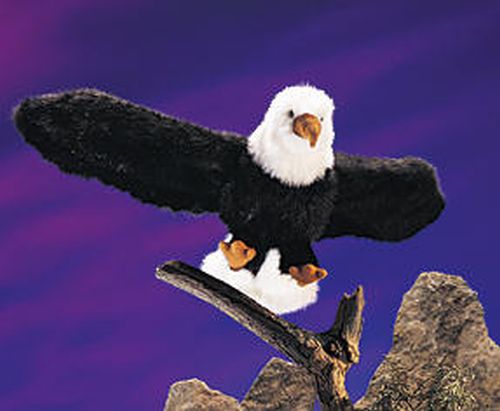
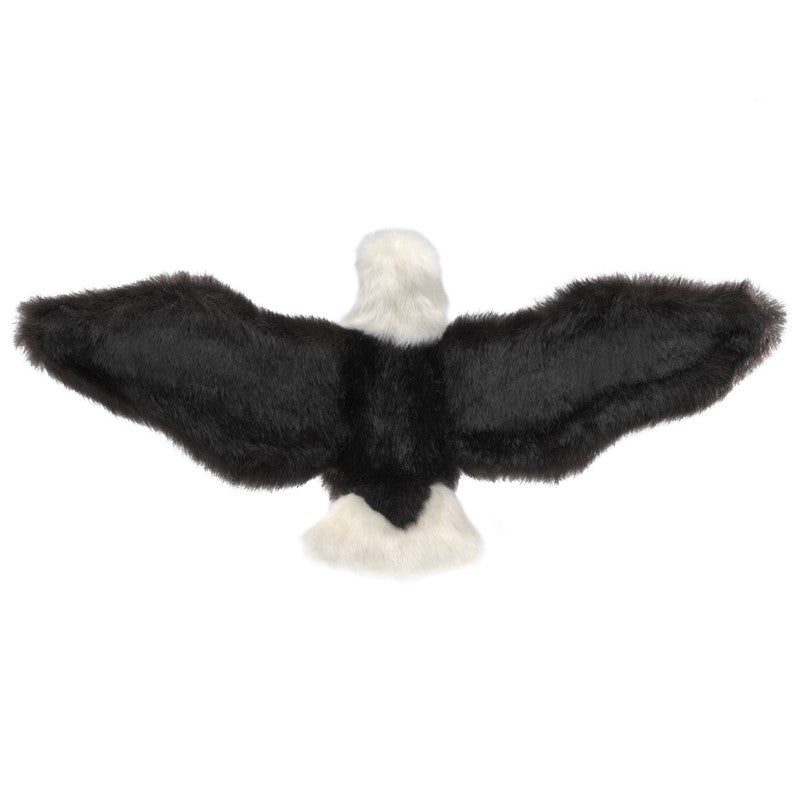
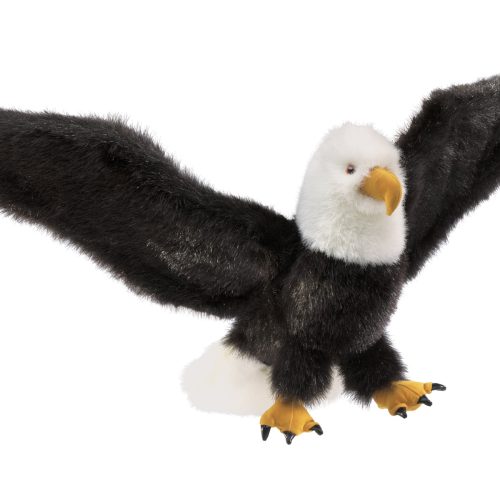


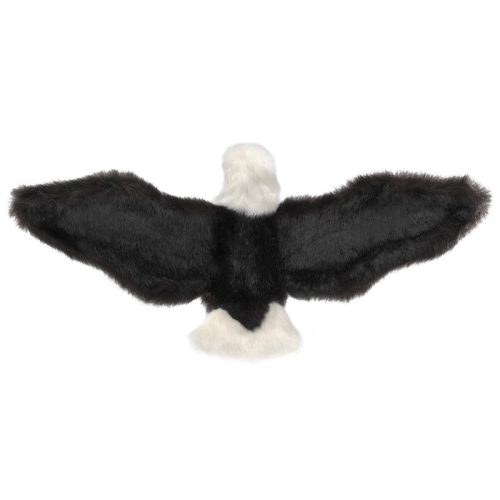
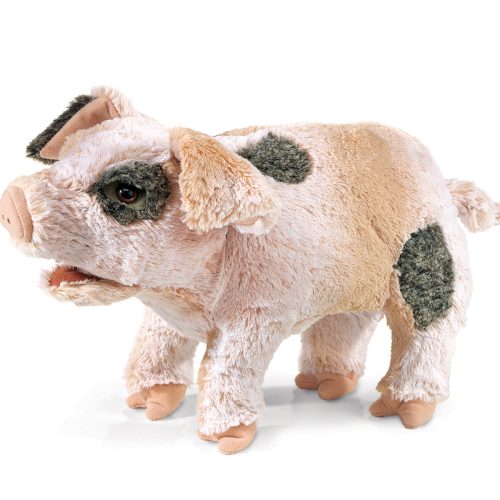





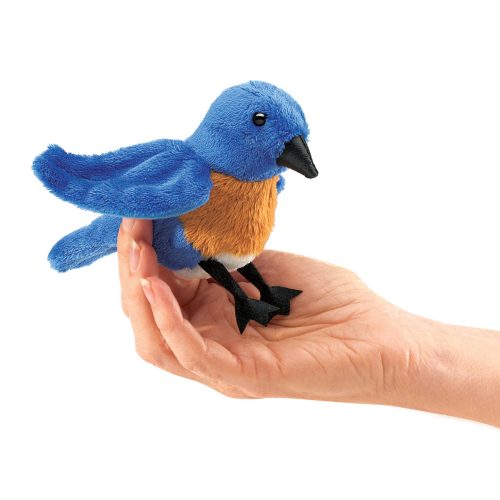

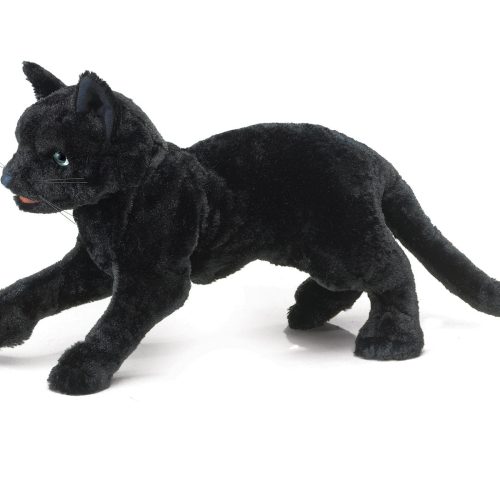

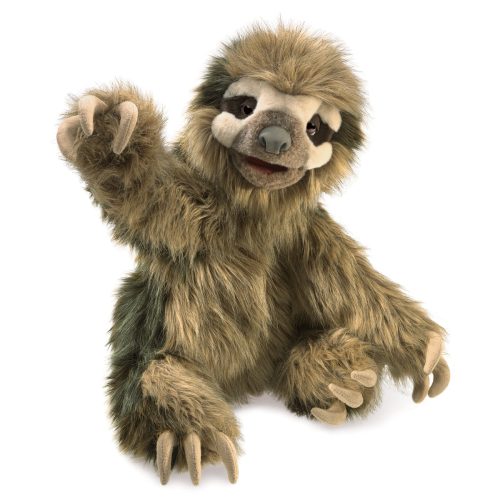

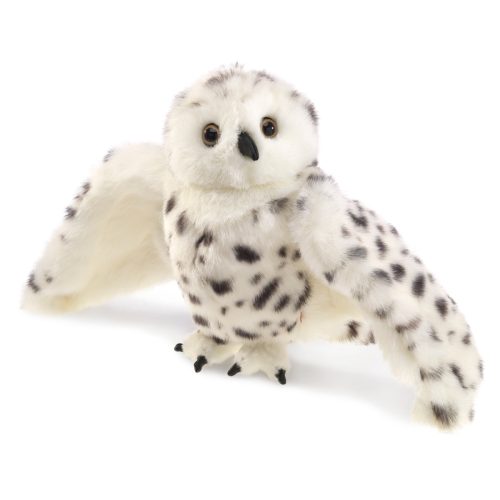



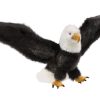
Reviews
There are no reviews yet.